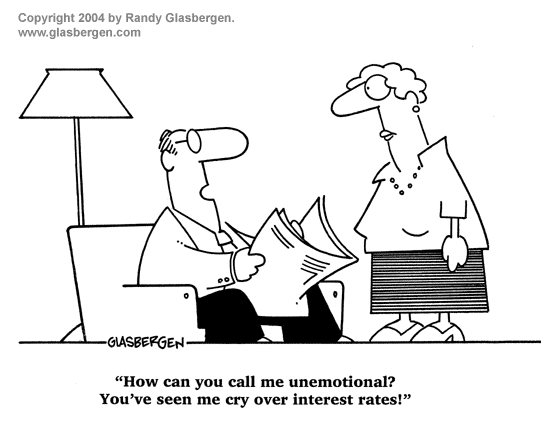

What can DB Sponsors Expect at Year-end?

As we enter the fourth quarter of 2019, it is worthwhile for pension plan sponsors to review their plan’s recent investment performance and current funded status, and plan for the months ahead. While investment performance has been quite favourable over calendar year 2019 – with Canadian and US equity markets up around 17% on the year, and bonds are also performing well with the Canadian Universe bond index up over 7% on the year – the story for pension plans in 2019 (to date) must be the dramatic decline long-term bond yields.
Of particular interest, is that the yields on long-term high-quality corporate bonds, which are the bonds referenced when setting discount rates for most plan sponsors in their accounting disclosures, have decreased by approximately 100 basis points since December 31, 2018. Such a dramatic decline in interest rates typically leads to an increase in plan liabilities (or more accurately ‘benefit obligations’) in the range of 12% to 16%. Thus, for a pension plan with a ‘typical’ asset mix of stocks and bonds, it is likely that the funded status on an accounting basis has slightly decreased since December 31st – regardless of positive investment performance over the past 9 months.
Further, for unfunded plans such as SERPs and OPEBs that have no plan assets, this can only result in a substantial increase in their liabilities/obligations.
What the future holds
While no one has a crystal ball and can accurately predict the future of the financial markets, there are two themes that seem to be getting a lot of attention these days:
- Does the bull market in equities still have enough steam to continue climbing, or are we headed for a correction? and
- Can interest rates actually keep decreasing?
I am not going to profess to have answers to these questions. However, with the global stock of negative yielding debt now over $17 trillion, and the uncertainty in the stock market, it seems to me that plan sponsors may not wish to be complacent with their investment strategy.
We aren’t in the business of giving investment advice. However, we always encourage plan sponsors to consider the risk inherent in their investment strategy. Plan sponsors that are highly sensitive to their accounting results may wish to consider whether their current investment strategy will deliver acceptable results in a range of future scenarios.
In addition, plan sponsors may wish to review the status of the plans prior to their fiscal year-end to ensure that they are not surprised by the impact the changes in the financial market will have on their upcoming year-end financial statements.
Proposed Changes to Canadian Accounting Standards
Recently, the Accounting Standards Board in Canada (AcSB) released an Exposure Draft on proposed changes to the Accounting Standards for Private Enterprises (ASPE), which will also apply to Not-for-Profit Organizations. This Exposure Draft proposes to amend the employee future benefit accounting standards for entities that elect to use a ‘funding valuation approach’ for accounting disclosures, as is permitted under Section 3462, so that:
- For entities that elect to use a funding valuation approach, the defined benefit obligation for registered pension plans would be measured at the amount that is required to be funded by contributions in accordance with the legislative and regulatory requirements, inclusive of the underlying components of the legislative and regulatory requirements (for example the Provision for Adverse Deviations for Ontario registered plans, and the Stabilization Provision for Quebec registered plans); and
- For entities that have a defined benefit plan without a funding valuation requirement (for example a SERP or OPEB plan that does not require a funding valuation be prepared), the defined benefit obligation would be required to be measured using an ‘accounting valuation approach’, determined using a discount rate that is based on yields of high-quality corporate bonds at the measurement date. This is a change from the prior approach, which permitted the use of a ‘funding valuation approach’ using a ‘basis consistent with’ the funding valuation for a registered pension plan sponsored by the entity.
The AcSB is seeking comments on this proposal by December 16, 2019, with the intent of issuing a finalized standard in 2020, and an effective date of January 1, 2021, with early application permitted.
This proposal is intended to limit the current ‘diversity in practice’ from entities applying Section 3462, and is largely driven by the confusion surrounding how the liability measures from the new pension funding regulations should be reflected in an entity’s defined benefit obligation.
For clarity, this change will not be applicable to entities who report under IFRS or US GAAP. Nevertheless, sponsors who report under the ASPE or the Canadian Accounting Standards for Not-for-Profit Organizations may wish to review this Exposure Draft, and respond to the AcSB by the December 16, 2019 deadline.
Finally, in light of the above, plan sponsors may wish to get a head start on planning for their upcoming fiscal year-end accounting disclosures.


